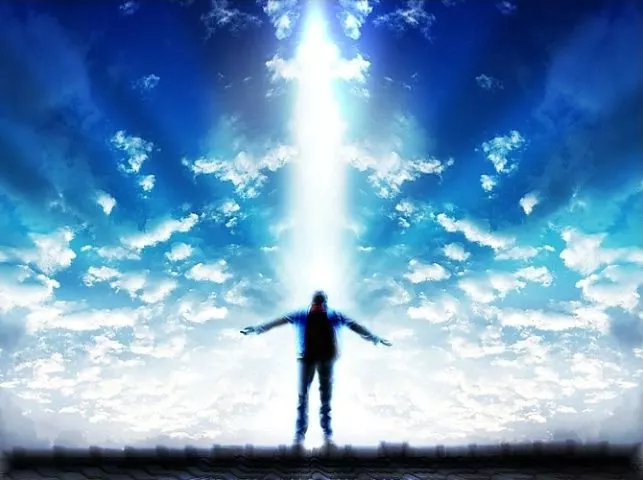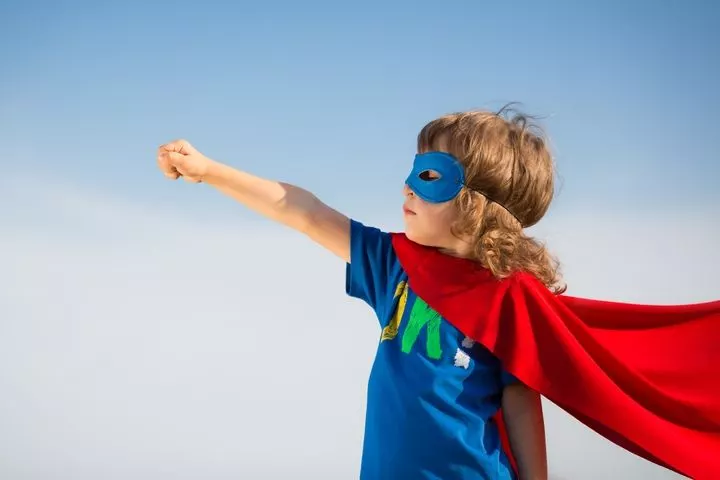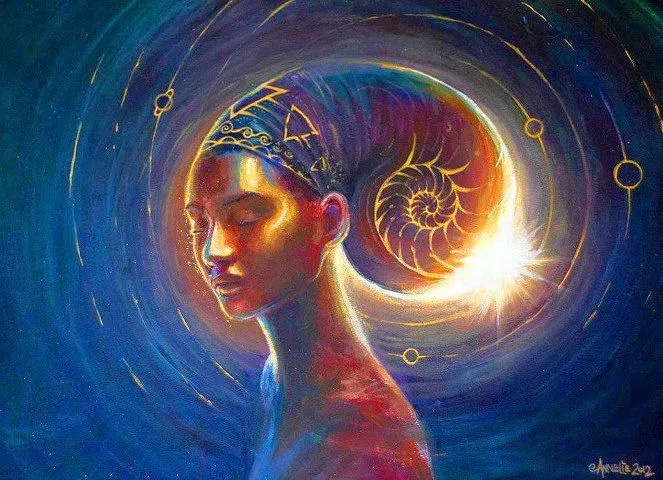You don’t have to have children to be aware of the many wonderful ways they can light up your life, or generally teach you more than any yoda might be able to… despite the similarity in size. Spending more time with children and being receptive as well as guiding them is like a meditation in itself.
Let’s take a look at 10 things children can teach us :
How to Let Go
The biggest ‘mistake’ that adults make in parent/adult-child situations and relationships is that the adult has all the answers. Our need to control and even have positive influence over a child directly reflects the egos need to be right. Kids will push our boundaries and push them to the limit, and as anyone who’s been around kids will know, the more you tell them not to do something, the more they will, even if it means having midnight feasts under the cover of darkness.
This is a glorious opportunity for it teaches us that we hold no control – real or imaginary – over anyone, and no-one has any control over us. The moment we surrender to this fact and work with it releases us from the responsibility of others (yes, even kids under our protection) and will probably help us confront the inner critic we are treating ourselves to.
Yes by all means cover up the electrical sockets they want to play with, but don’t stress too much about that chilli pepper they’re insisting on biting into. They have to experience things for themselves.
How to be Present
Time is a fascinating subject. Not only is the past, present and future apparently happening ‘simultaneously’ in a compressed and non-linear sequence, when one gets down to the purest mindfulness and that (becoming slightly hackneyed) expression ‘being in the moment’ authenticity, one becomes like a child. And it is for this reason that kids can help us to reach that kind of awareness, simply by spending time with them.
Innocence
Children really do say the sweetest and most innocent things. How amazing it would be to actually be like that, knowing what we know now? To assume nothing could hurt us, to feel protected by the bosom of the world and wrapped up in the caring grip of the universe outside of meditation or those rare moments where everything just clicks into place.
 Innocence is where our creativity originally came from; from seeing things for what they are or the beauty in the smallest fragment of the world such as a bird’s nest full of speckled eggs or a kingfisher make a dive.
Innocence is where our creativity originally came from; from seeing things for what they are or the beauty in the smallest fragment of the world such as a bird’s nest full of speckled eggs or a kingfisher make a dive.
Of course they also shine up our embarrassments with their tooth-achingly innocent perceptions. My second cousin used to do things like loudly ask on a train-ride into London why that man in the suit across from us was picking his nose.
Let’s remember our sense of humour here. The poor man went crimson, but it probably taught him not to take himself so seriously… And not to pick his nose in public again.
How to Play
An extension of ‘how to be present’, kids, without fail, are masters of play. Remember when playtime (now called ‘my job or career’) was simply doing what interested you at that particular moment and becoming so absorbed and fascinated in it until it was no longer interesting and then you stopped? Do you remember playing for hours down by the river or in the attic so that time stood still and you were literally transformed into another character or into a different time or place? How fantastic was that!
We reminisce how magical it was being young, but when you think about it, it really wasn’t so complicated or elevated as all that. We were just true to ourselves in every moment of the day. And THAT was why we (and the children we’re nagging or telling off) didn’t want to listen. Their hearts told them what was right and wrong, no-one else.
What Really Matters
Are you going to go on and on about what is bad and good or are you just going to get over it and enjoy yourself? Are you going to just sit around the whole day long or are you going to dig your teeth into every moment and be absorbed in the world? Are you going to guard yourself in fear over past hurts in every interaction you’re blessed with or are you going to use it as an opportunity to show your love?
How to Love
Kids do have a remarkable gift for reminding us how simple it is to open our hearts up and just love. They hand cuddles out like candies and it’s been many occasion when a child has spontaneously hugged me and made me feel rosy. Perhaps they sensed I needed it, but I feel like more than anything else they were so eaten up with love they reached out and grabbed the first person they could find.
How to Have Compassion
It’s usually the conversation about where meat comes from and why we eat animals… or it could be the one about the homeless person in the street. It might also be in those beginning few interactions they have; in seeing someone is being left out in the game or that not everyone has an apricot. Kids seem to have this antennae, this innate and unspoiled sensibility for the underdog.
General Tolerance
If you’ve ever been a caretaker for one or more children then you’ll know that at times they can be intimidating. Not only that but they work in packs; setting each other off with non-verbal looks that seem to portray anything from one to ten on the mischief scale.
They seem to have a talent for winding you up; knowing just how to push your buttons and when. It’s as if they can see through the flaws in our egos and reach in to grab them, pulling strings here and there to transform us into antagonized puppets who perfectly dance to their tune. Well, perhaps they’re not all that bad. The point is they can be the compacted versions of everyone who has ever riled us concentrated into one little being; they are the jokers of the tarot pack, teasing us until we explode.
Who We Really A re
re
Kids are amazing mirrors, not so much for the bad stuff floating around our lives, but for the good stuff too.
They, with their innocent perceptions and unclogged-up energy states are able – not only to look deep into our eyes and therefore our heart and souls and see what deceptions we are laying out for ourselves – but also see our magnificence and authentic selves in all their glory.
We are awesome and wonderful beings, and every single one of us happens to be in equal measure, whether we’re showing it or not. Children are able to see through the layers of amour we have built around ourselves and therefore remind us that it’s still there.
The Teacher in Us
Last, but perhaps most importantly of all, children help coax out the teacher in us. As we’ve already covered, the best kind of teacher knows to show others the way and not dictate it to them, to guide and not to preach. But more than that, children give us the opportunity to find our inner wisdom.
The knowledge of how to take care of ourselves properly in the delayed gratification of saving the snacks on a walk to a picnic site, or how to dance like no-one’s watching. How to uncover what we truly love in life as well as how to show gratitude to others or speak to one another with kindness.
It’s a journey we can take together; adult and child on equal footing. In knowing and influencing a child we are given the gift of making a difference in their lives. I don’t know about you but I remember every adult that imparted wisdom to me or gave me the time of day if only for half an hour at a birthday party.
Make children feel special and as if they can make a difference. Because you never know, they just might.
Image Source
Children playing in water
Child in nature
Indigo child
Gibran poem













 In
In 





